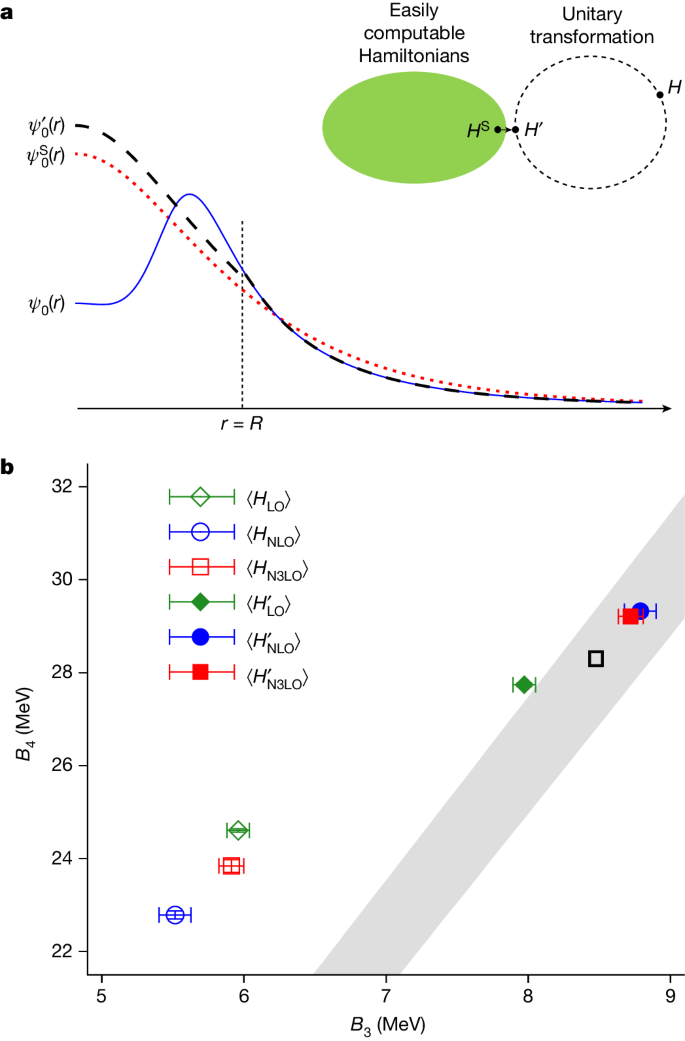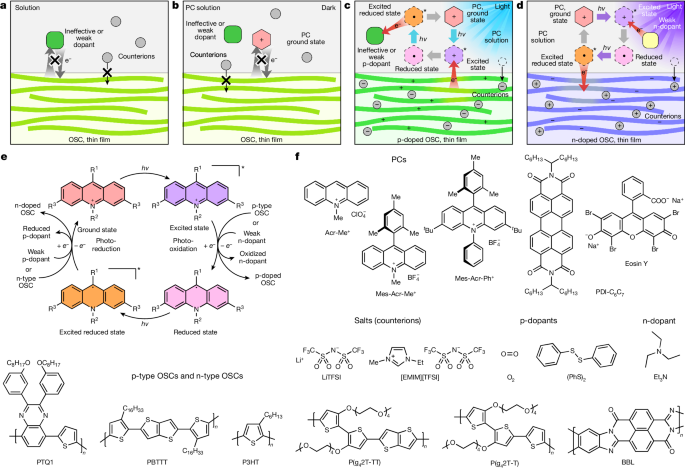2024-05-16 韓国基礎科学研究院(IBS)
<関連情報>
- https://www.ibs.re.kr/cop/bbs/BBSMSTR_000000000738/selectBoardArticle.do?
- https://www.nature.com/articles/s41586-024-07422-z
量子多体問題を解く波動関数マッチング Wavefunction matching for solving quantum many-body problems
Serdar Elhatisari,Lukas Bovermann,Yuan-Zhuo Ma,Evgeny Epelbaum,Dillon Frame,Fabian Hildenbrand,Myungkuk Kim,Youngman Kim,Hermann Krebs,Timo A. Lähde,Dean Lee,Ning Li,Bing-Nan Lu,Ulf-G. Meißner,Gautam Rupak,Shihang Shen,Young-Ho Song & Gianluca Stellin
Nature Published:15 May 2024
DOI:https://doi.org/10.1038/s41586-024-07422-z

Abstract
Ab initio calculations have an essential role in our fundamental understanding of quantum many-body systems across many subfields, from strongly correlated fermions1,2,3 to quantum chemistry4,5,6 and from atomic and molecular systems7,8,9 to nuclear physics10,11,12,13,14. One of the primary challenges is to perform accurate calculations for systems where the interactions may be complicated and difficult for the chosen computational method to handle. Here we address the problem by introducing an approach called wavefunction matching. Wavefunction matching transforms the interaction between particles so that the wavefunctions up to some finite range match that of an easily computable interaction. This allows for calculations of systems that would otherwise be impossible owing to problems such as Monte Carlo sign cancellations. We apply the method to lattice Monte Carlo simulations15,16 of light nuclei, medium-mass nuclei, neutron matter and nuclear matter. We use high-fidelity chiral effective field theory interactions17,18 and find good agreement with empirical data. These results are accompanied by insights on the nuclear interactions that may help to resolve long-standing challenges in accurately reproducing nuclear binding energies, charge radii and nuclear-matter saturation in ab initio calculations19,20.



